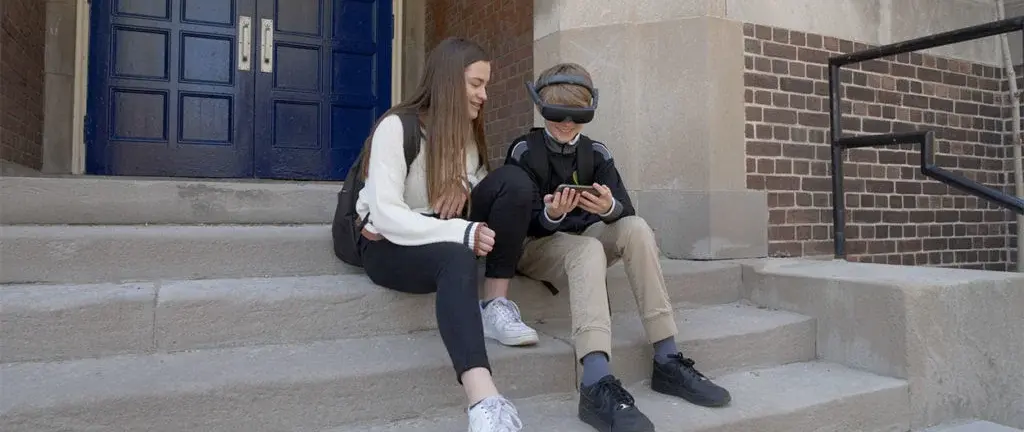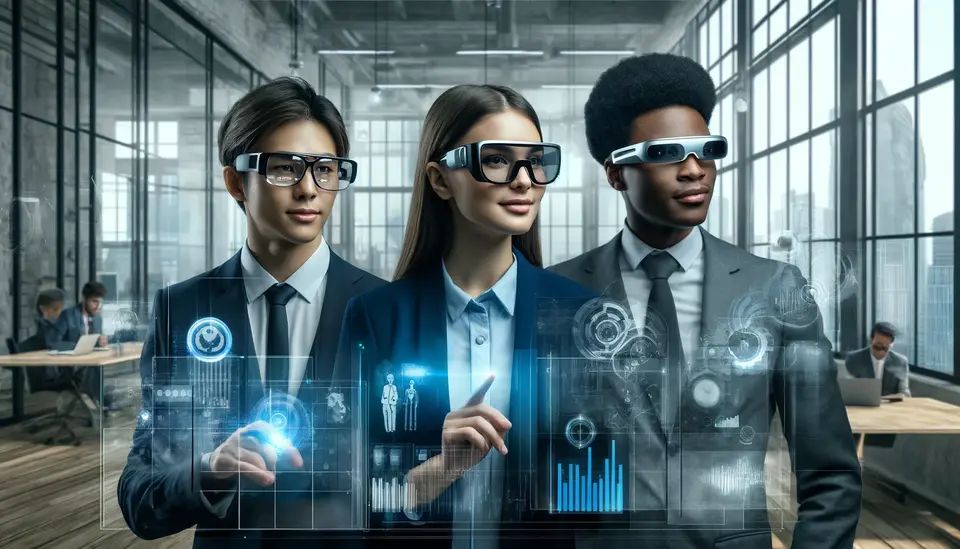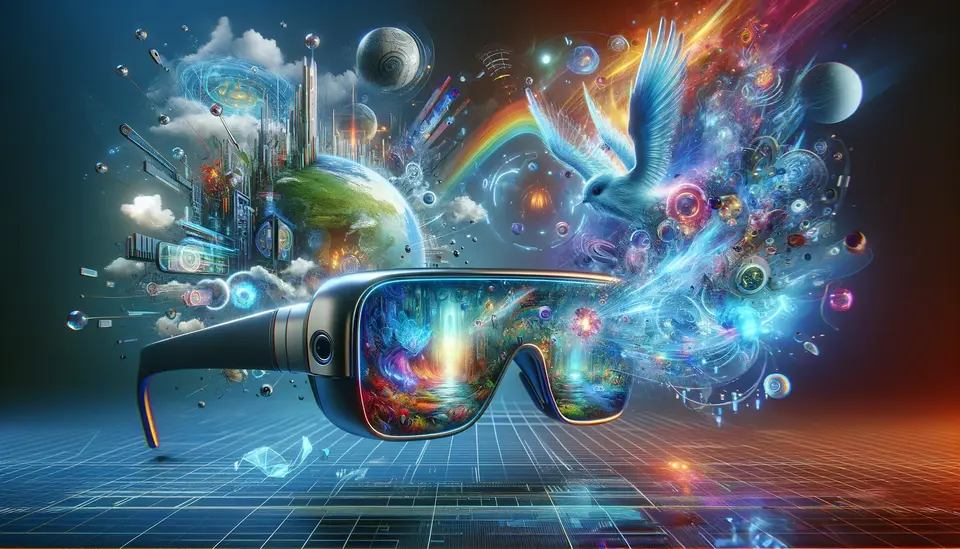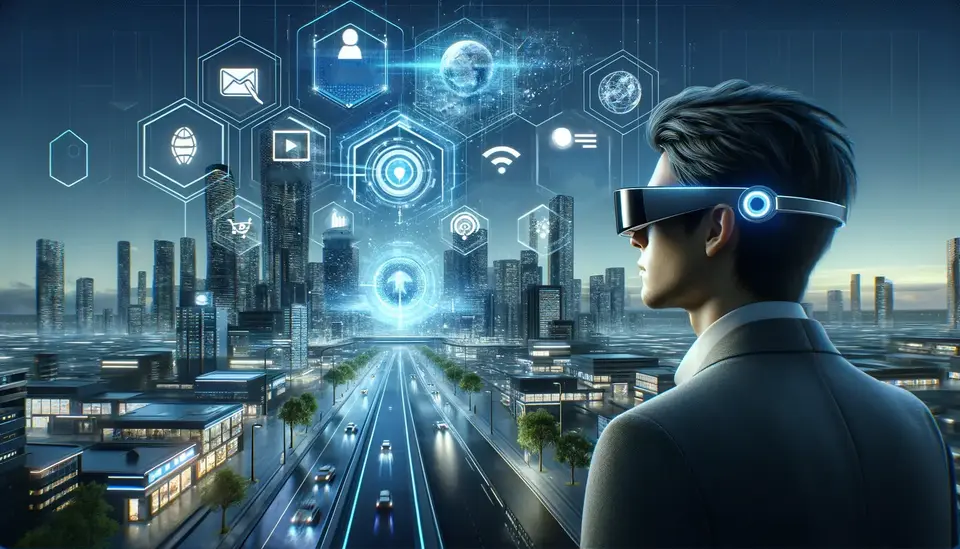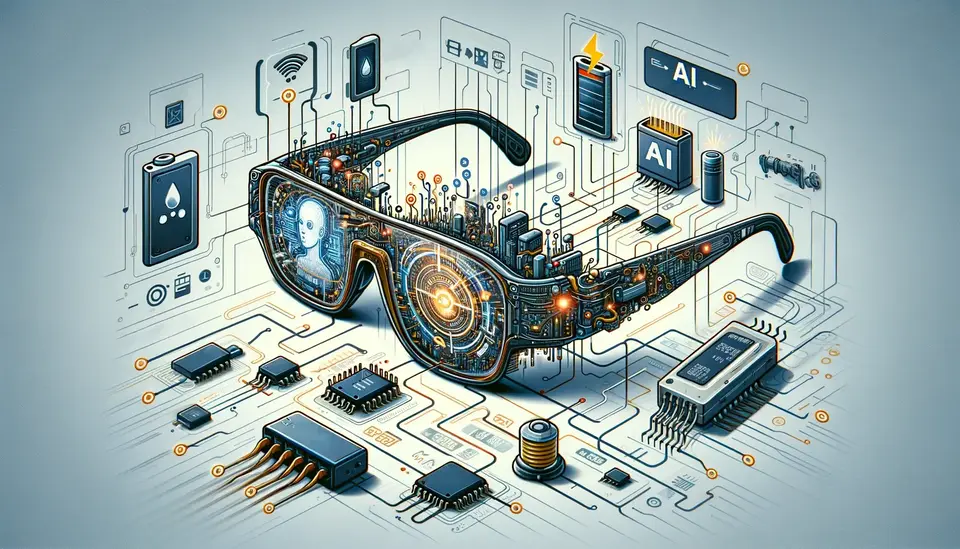15 Examples of the Use of Smart Glasses in Education
Posted on April 26, 2023 5 minutes 867 words
Table of contents
- 1. Virtual Field Trips with Google Expeditions
- 2. Language Translation with Vuzix Blade
- 3. Remote Learning with Microsoft HoloLens 2
- 4. Augmented Reality Learning Games with Magic Leap One
- 5. Real-time Feedback for Skill Development with Google Glass
- 6. Visual Aids for Students with Disabilities: eSight Glasses
- 7. Interactive Whiteboard Integration with Nreal Light
- 8. Collaboration with Experts Using Varjo XR-3
- 9. Annotating and Note-taking with North Focals
- 10. 3D Modeling and Visualization with HoloLens 2
- 11. Personalized Learning Experiences with Magic Leap One
- 12. Social Emotional Learning with Emteq’s Emotion-Tracking Glasses
- 13. Facilitating Classroom Management with Google Glass
- 14. Enhanced Learning Through Biometric Feedback with Brain Power’s Empowered Brain
- 15. Preparing Students for the Future Workforce with Vuzix M400
- Conclusion
Education has been transformed by the rapid evolution of technology, and one such innovation is the integration of smart glasses. These wearable devices offer a wide range of features and benefits, from augmented reality experiences to real-time language translation. This blog post explores 15 real-world examples of how smart glasses are revolutionizing education, creating immersive and interactive learning experiences for students of all ages.
1. Virtual Field Trips with Google Expeditions
Google Expeditions enables educators to take their students on virtual field trips using smart glasses, transporting them to far-flung locations and historical events without ever leaving the classroom. This innovative tool encourages exploration and curiosity, offering a new perspective on traditional lessons.
2. Language Translation with Vuzix Blade
The Vuzix Blade smart glasses provide real-time language translation, helping students overcome language barriers and facilitating communication with foreign language speakers. This feature is especially useful for international students or those studying foreign languages.
3. Remote Learning with Microsoft HoloLens 2
Microsoft HoloLens 2 smart glasses provide students with a seamless remote learning experience, allowing them to attend classes and interact with their peers in a virtual environment. The mixed reality capabilities of HoloLens 2 enable students to feel more present in the classroom, even when learning remotely.
4. Augmented Reality Learning Games with Magic Leap One
Magic Leap One smart glasses can create engaging, augmented reality (AR) learning games that make education more interactive and enjoyable. From solving puzzles to exploring virtual environments, these games immerse students in educational experiences that blur the line between learning and play.
5. Real-time Feedback for Skill Development with Google Glass
Google Glass can provide instant feedback during hands-on activities, such as lab experiments or sports, helping students develop their skills and knowledge more effectively. This real-time feedback enables students to make adjustments and improvements in the moment, enhancing their overall learning experience.
6. Visual Aids for Students with Disabilities: eSight Glasses
eSight glasses are smart glasses designed to provide visual support for students with low vision or legal blindness. These glasses enhance the classroom experience for students with visual impairments, allowing them to fully participate in their education.
7. Interactive Whiteboard Integration with Nreal Light
Nreal Light smart glasses can connect to interactive whiteboards, enabling students to see and manipulate information on the board directly through their glasses. This feature streamlines collaboration and makes it easier for students to engage with the material presented.
8. Collaboration with Experts Using Varjo XR-3
The Varjo XR-3 smart glasses offer high-quality mixed reality capabilities, allowing students to collaborate with experts remotely. By connecting with professionals in their field of study, students gain valuable insights and experiences that enrich their learning.
9. Annotating and Note-taking with North Focals
North Focals smart glasses feature a built-in display that allows for hands-free note-taking and annotation, enabling students to efficiently capture important information without diverting their attention from the lesson.
10. 3D Modeling and Visualization with HoloLens 2
HoloLens 2 smart glasses can be used to create and visualize 3D models, helping students better understand complex concepts in subjects like architecture, engineering, and design. This technology enables students to manipulate and interact with their creations in real-time.
11. Personalized Learning Experiences with Magic Leap One
Magic Leap One smart glasses can deliver personalized content, adapting to each student’s learning pace and needs. This customization ensures that every student has a tailored educational experience that suits their individual learning style.
12. Social Emotional Learning with Emteq’s Emotion-Tracking Glasses
Emteq’s emotion-tracking smart glasses are designed to support social emotional learning by teaching students empathy, self-awareness, and interpersonal skills. These glasses track facial expressions and physiological responses, helping students understand their own emotions and those of their peers in real-time, fostering emotional intelligence.
13. Facilitating Classroom Management with Google Glass
Google Glass can assist teachers in managing the classroom by tracking student engagement, providing real-time feedback, and simplifying administrative tasks, such as attendance tracking and lesson planning. This technology helps educators focus more on instruction and student support, while streamlining routine tasks.
14. Enhanced Learning Through Biometric Feedback with Brain Power’s Empowered Brain
Brain Power’s Empowered Brain smart glasses collect biometric data, such as heart rate and stress levels, to help educators better understand and respond to student needs. By analyzing this data, teachers can identify areas where students may require additional support or intervention, leading to more effective instruction and improved learning outcomes.
15. Preparing Students for the Future Workforce with Vuzix M400
Integrating Vuzix M400 smart glasses into the classroom can prepare students for the future workforce by developing technological literacy and adaptability. These glasses offer hands-on training in various industries, such as manufacturing and healthcare, exposing students to cutting-edge technology and providing valuable real-world experience.
Conclusion
The integration of smart glasses in education has the potential to revolutionize the way we teach and learn. From immersive virtual experiences to personalized learning, these wearable devices are shaping the future of education by offering a new level of interactivity and engagement. As educators and students continue to explore and experiment with smart glasses, the possibilities for enhancing learning and preparing students for the future workforce are virtually endless.

